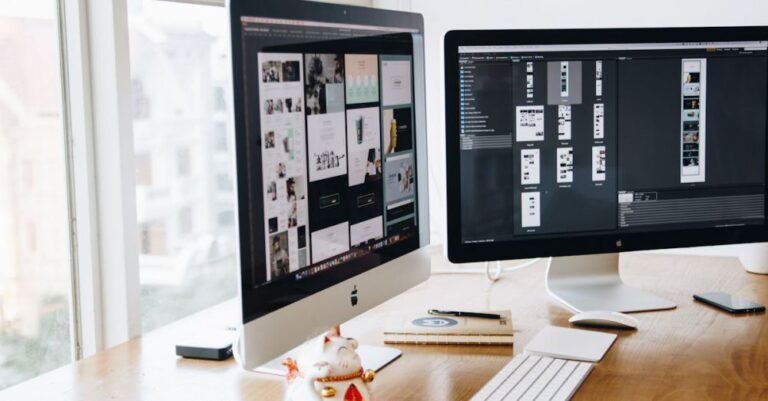What Are Effective Techniques for Prototyping?

Prototyping is an essential step in the product development process, allowing designers and developers to quickly test and iterate on their ideas before moving forward with full-scale production. Effective prototyping can help teams uncover design flaws, gather feedback from stakeholders, and ultimately create better products. In this article, we will explore some of the most effective techniques for prototyping that can help you streamline your design process and achieve better results.
Understanding the Purpose of Your Prototype
Before diving into prototyping, it is crucial to have a clear understanding of the purpose of your prototype. Are you looking to test a specific feature, gather user feedback, or demonstrate the overall functionality of your product? By identifying the goals of your prototype early on, you can better tailor your prototyping approach to meet those objectives.
Low-Fidelity Prototyping
Low-fidelity prototyping involves creating rough, low-detail representations of your design ideas using simple materials such as paper, cardboard, or digital tools like wireframing software. This technique is ideal for quickly exploring multiple design concepts and gathering early feedback from stakeholders without investing a significant amount of time or resources.
Mockups and Wireframes
Mockups and wireframes are static visual representations of your design ideas that focus on layout, structure, and content. These tools are great for communicating design concepts to stakeholders and testing the usability of your interface. Mockups often include placeholder content, while wireframes strip away visual design elements to focus on the underlying structure of a product.
Interactive Prototypes
Interactive prototypes bring your design ideas to life by incorporating interactive elements such as clickable buttons, dropdown menus, and form fields. These prototypes allow users to navigate through the product and interact with key features, providing a more realistic simulation of the final product. Interactive prototypes are invaluable for user testing and validating design decisions before moving into development.
Prototyping Tools
There is a wide range of prototyping tools available that can help streamline the prototyping process and bring your design ideas to life. Tools like Figma, Sketch, Adobe XD, and InVision offer features for creating both low-fidelity wireframes and high-fidelity interactive prototypes. Choosing the right tool for your needs can significantly impact the efficiency and effectiveness of your prototyping process.
User Testing
User testing is a critical component of the prototyping process that involves gathering feedback from real users to identify usability issues and areas for improvement. By observing how users interact with your prototype, you can uncover design flaws, validate assumptions, and make data-driven decisions to enhance the user experience. User testing can be conducted at various stages of the prototyping process to ensure that your design meets the needs of your target audience.
Iterative Design
Iterative design is a cyclical process of prototyping, testing, and refining your designs based on feedback from stakeholders and users. By continuously iterating on your prototypes, you can uncover new insights, address usability issues, and make incremental improvements to your design. This iterative approach allows you to refine your product over time and create a more user-centered and effective solution.
Incorporating Feedback
Finally, incorporating feedback from stakeholders and users is essential for creating successful prototypes. By actively listening to feedback, addressing concerns, and making iterative improvements, you can ensure that your final product meets the needs and expectations of your target audience. Remember that prototyping is an iterative process, and feedback should be used to drive continuous improvement throughout the design cycle.
In conclusion, effective prototyping is a crucial step in the product development process that can help teams uncover design flaws, gather feedback, and create better products. By understanding the purpose of your prototype, utilizing low-fidelity and interactive prototyping techniques, leveraging prototyping tools, conducting user testing, embracing iterative design, and incorporating feedback, you can streamline your design process and achieve more successful outcomes. By implementing these techniques, you can enhance the effectiveness of your prototyping process and ultimately create products that resonate with your target audience.





